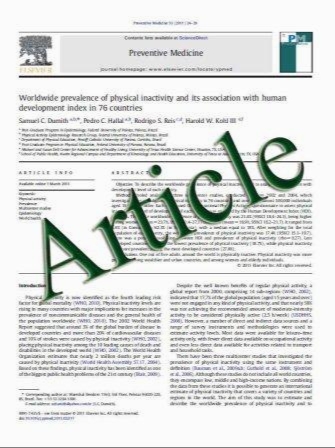Application of Functional Genomics and Proteomics to Plant Cryopreservation
- نوع فایل : کتاب
- زبان : انگلیسی
- مؤلف : Gayle M. Volk*
- چاپ و سال / کشور: 2010
Description
Plant cryobiology has primarily emerged from the classical fields of cryobiology and plant stress physiology. Cryopreservation tools are now available to geneticists for germplasm preservation and the field itself is advancing significantly through the use of molecular techniques. Long-term preservation of vegetatively propagated tissues can minimize the risks of long-term maintenance under tissue culture or field conditions. Cells can be successfully cryopreserved when the adverse affects of ice crystal formation are mitigated by the removal of water or procedures to limit ice formation and crystal growth. The addition of cryoprotectant solutions to hydrated cells may improve the survival of microdissected shoot tips or embryonic axes. Recent discoveries in the genetic pathways leading to cold acclimation and freezing tolerance suggest the involvement of key cold-regulated genes in the acquisition of cold tolerance in plant tissues. Model systems of banana and Arabidopsis have revealed the involvement of genes and proteins in the glycolytic and other metabolic pathways, particularly processes involved in dehydration tolerance, osmoprotection, and membrane transport. Furthermore, successful recovery appears to be dependent upon the presence of antioxidant protection from reactive oxygen species. Characterization of specific genes and proteins will lead to significant advances in plant cryobiology research.
Current Genomics, 2010, 11, 24-29 Received on: March 01, 2009 - Revised on: July 08, 2009 - Accepted on: July 08, 2009


